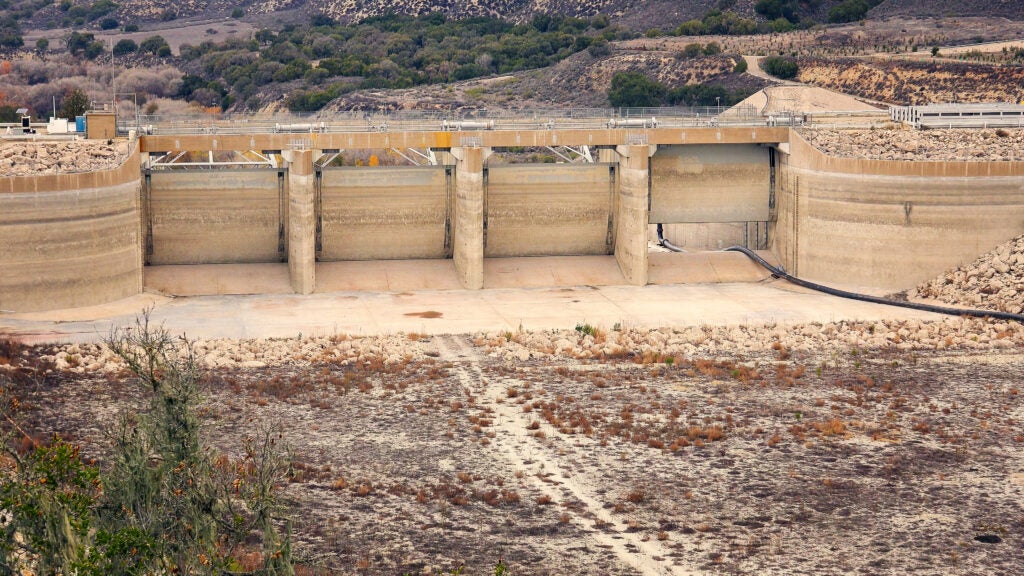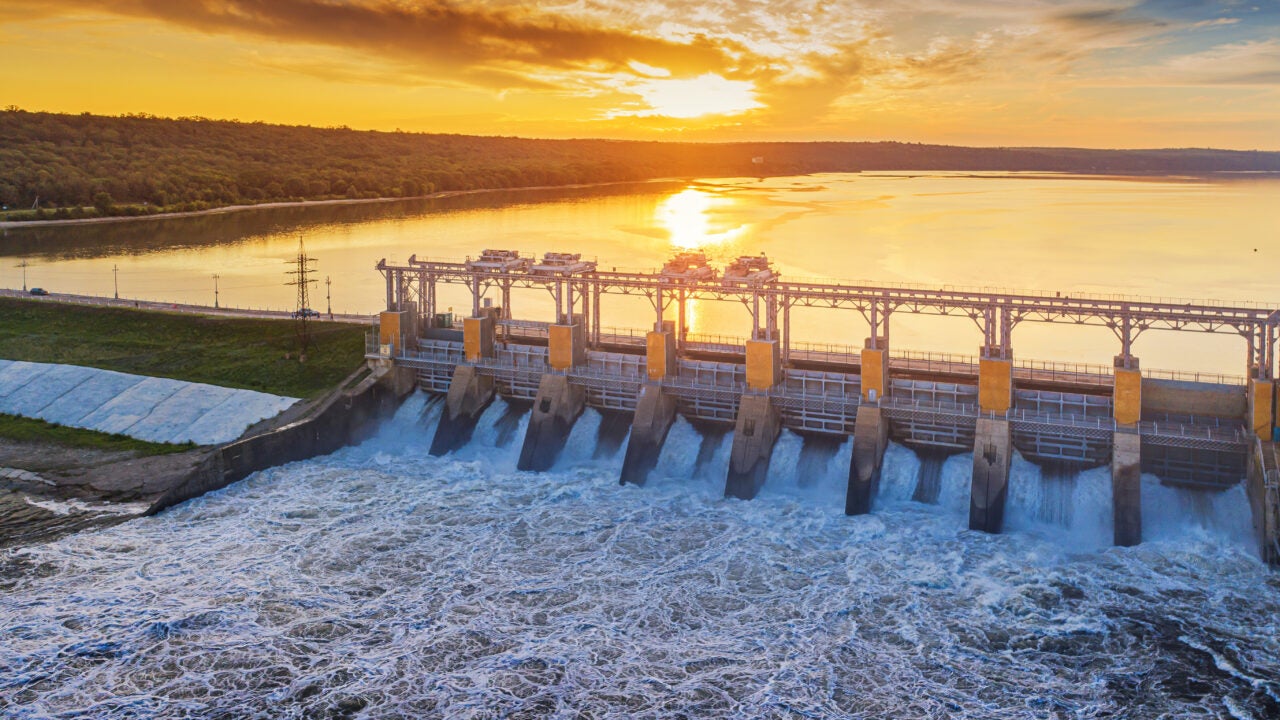Hydropower is one of the country’s leading sources of clean energy, but extended drought reduces the amount of power these facilities can produce. Without adequate planning, say researchers from The University of Alabama, this clean and renewable energy source can be a liability in times of drought.
In a recently published study, the UA researchers at the Center for Complex Hydrosystems Research conducted a comprehensive analysis to determine the impact of drought on hydropower generation during the 18-year period and identify the relative vulnerability of each state to drought. They found a considerable decline in hydroelectric power between 2003 and 2020 at a cost of an estimated $28 billion to the sector nationwide. Hydropower facilities not only lost out on revenue, but the energy deficit then had to be purchased from other utilities.

A better understanding of drought impact
“Public perception is that flood is the main cause of vulnerability to the changing climate,” said Dr. Hamid Moradkhani, Alton N. Scott Professor of Engineering and director of the CCHR. In publishing the study, his team aimed to highlight the costs of drought so mitigation strategies can be part of long-term planning. “Our message is that we can’t take drought lightly, especially its effects on hydroelectricity generation.”
Key factors included not only the degree to which each state relies on hydropower but also an analysis of mitigating factors. For example, Nevada represented the least vulnerability to drought, despite the arid conditions of the state. The large reservoir created by the Hoover Dam helped to mitigate drought and increase the state’s adaptive capacity. Ecological factors like soil moisture also contribute to a state’s resilience during drought.

Hydropower represents about 7% of electric power generation in Alabama, but less drought and a higher degree of adaptability made it less vulnerable than some states.
Aside from the economic impact, the states most vulnerable to drought faced an environmental toll. When states had to purchase energy to replace lost hydropower generation, that energy came largely from natural gas. The paper’s authors found a 10% increase in CO2 and 24% increase in NO2 emissions nationwide, again with some states seeing a larger decrease in air quality than others.
Planning for adaptability
While a short-term increase in emissions due to drought may not seem alarming, the study suggests, it underlines another reason to plan for future drought. The regional vulnerability emphasizes the need for state-specific strategies, including diversification of energy sources and improved water management practices, to enhance resilience against drought and safeguard the energy sector’s sustainability.
Also involved in the study were Hamed Moftakhari, Keyhan Gavahi and lead author Pouya Moghaddasi, all from The University of Alabama. Funding from the National Science Foundation helped support this research.
